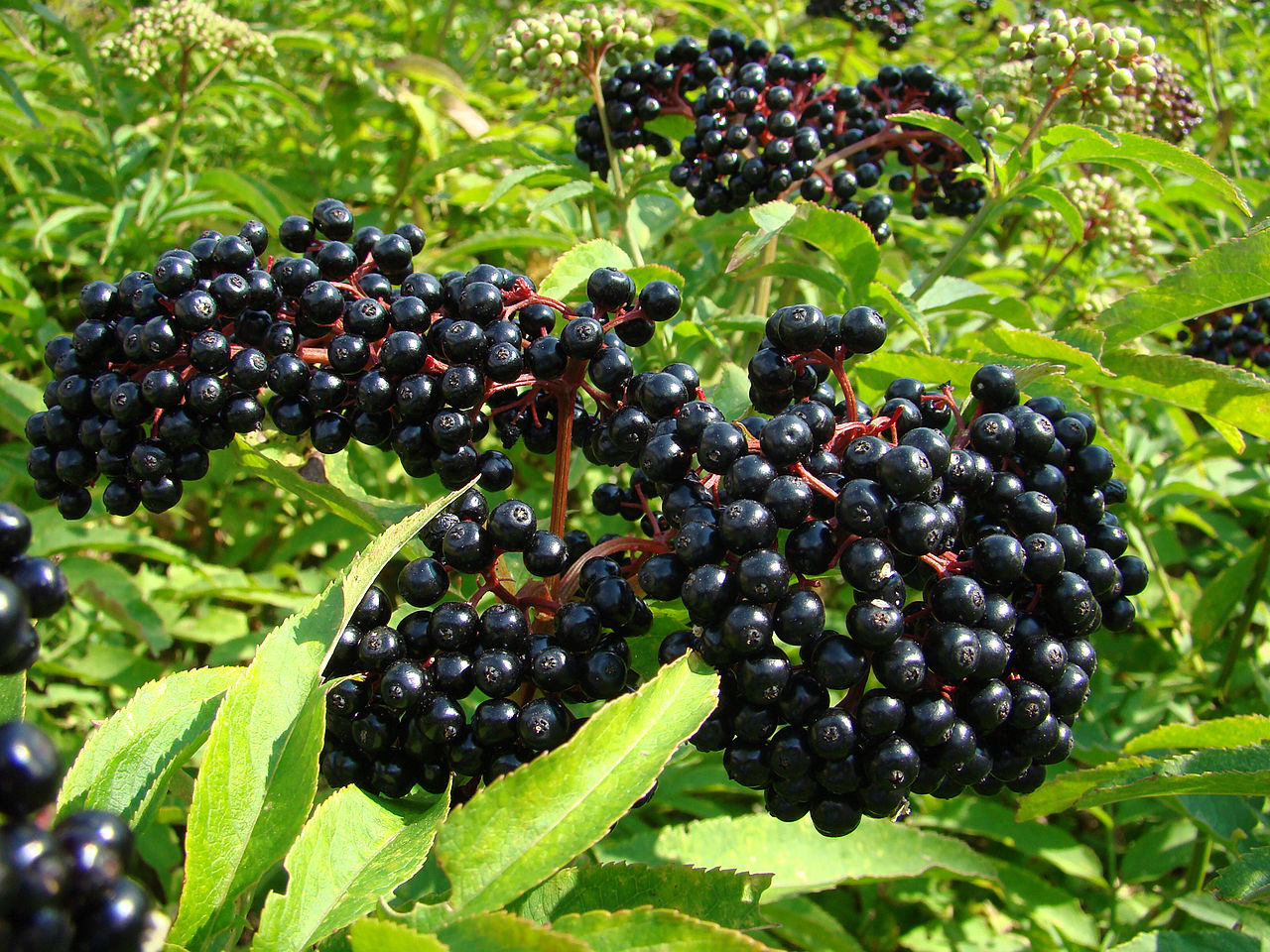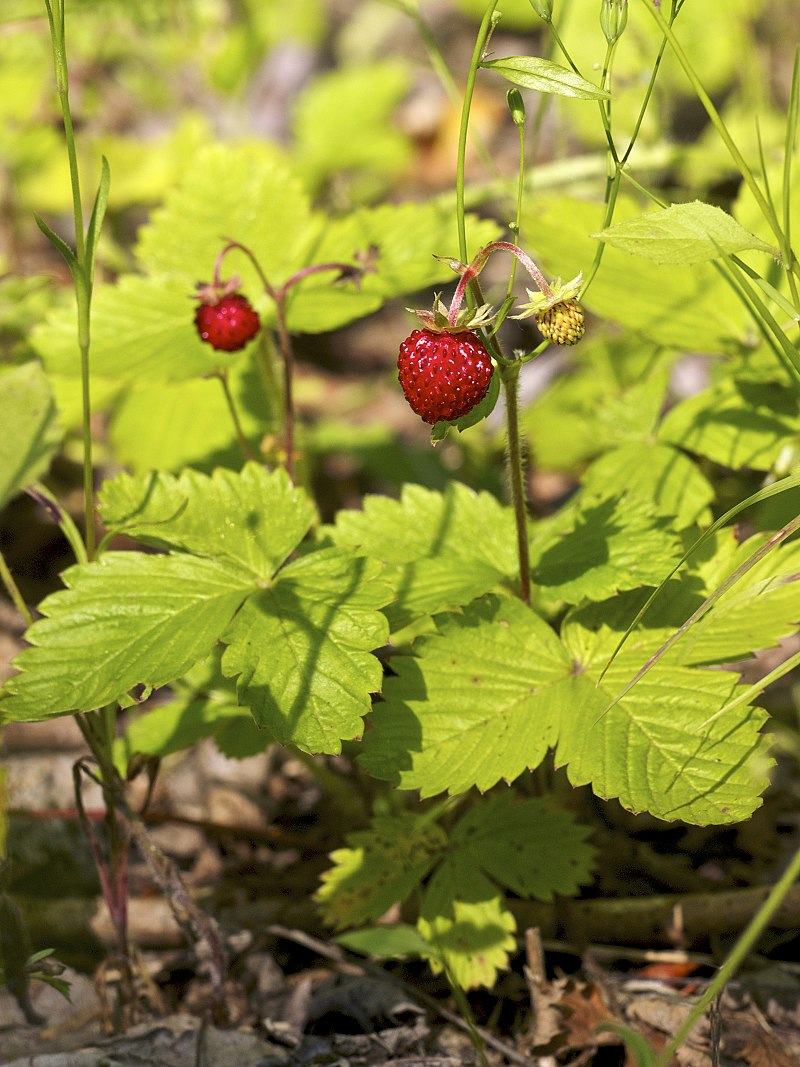How To Catch Food in the Wild - Basic Principles Of Trapping
In short term survival situations, feeding yourself is unlikely to ever be a priority. Adult humans, in average physical condition, can last weeks if not months, on very limited food supplies. The body stores energy in the form of fat and muscle. In times of limited food and energy supplies, the body breaks down muscle and fat to release the energy stored within. Obviously, this can not go on indefinitely but statistically, most survival situations are resolved within 72 hours. Longer term survival situations, or if you're simply trying to live off of the land, may require you to actively pursue sources of fat and protein for sustenance.
If this is the case, then there are several ways to go about procuring sources of protein (in the form of game). Naturally, there are other forms of protein available, apart from fish and animals. However, finding these alternative sources, in the wild, can be extremely difficult if even possible.
An old adage, given naissance by famous British survival expert Lofty Wiseman, is "strangle, dangle, tangle, mangle". This is a reference to how an animal can be caught, in the name of energy procurement. Every trapping technique will employ one of these principles in order to catch the game animal in question. Although this may sound brutal, you must bear in mind that ultimately, surviving is the goal and meat is an excellent source of protein, fat and energy. Remember, a good trap is a humane trap, i.e. one that minimises the distress of the animal by killing it instantly, or by keeping it unharmed until the trapper can dispatch it quickly without it suffering unnecessarily. Make sure that all traps are checked regularly to minimise suffering. When a trap is no longer needed, be sure to disengage it. Do not leave a trap set if you have no intention of coming back to it!
A further advantage of traps is that they are passive, meaning you don't have to waste energy stalking animals or even waiting for them to be triggered. This means you can be catching food whilst performing other important camp tasks such as building shelter or processing water. Remember - the more traps you have set up, the greater the chances of catching your prey.
With regards to capturing land dwelling game, there are four types of trap groups. Each group uses one or more of the above mentioned techniques to catch prey.
Strangle - as they name suggests, the prey animal is caught by the neck, which in turn deprives the animal of oxygen leading to death by suffocation. This technique is favoured by trappers as it is least likely to damage the animal pelt/fur. This type of trap is based on catching prey with a noose made from wire, rope or natural cordage.
Dangle - this type of trap works on the principle of suspending the prey in the air, thus preventing it from escaping. Suspending the prey in the air also minimises the chances of your quarry being stolen by other predators. As this type of trap keeps the animal alive, you will have to be prepared to dispatch the animal once caught. Again, this type of trap will employ a noose at some point within the mechanism.
Tangle - This means that the animal gets tangled up therefore preventing it from escaping e.g. fishing net. This type of trap needs to be checked regularly. As with "dangling" you will have to be prepared to dispatch the animal once caught. The tangle principle even extends to pre-made steel traps which catch a prey animal by an extremity.
Mangle - Usually using a large, heavy dead weight, such as a flat rock, the prey animal is literally crushed to death. This trap usually kills the prey instantly. In addition, the prey is secured in place by the heavy "deadfall" weight meaning predation is less likely. Traps such as the "figure four deadfall" (pictured above) are ideal when resources are at a minimum, due to the ease of build. Another useful feature of "deadfall" traps is that they can be scaled up or down depending on the size of the animals you are intending to catch.
Remember - more traps means a greater likelihood of catching diner. Make sure your quarry does not suffer unnecessarily.
Good hunting!
The Bushgear Team



